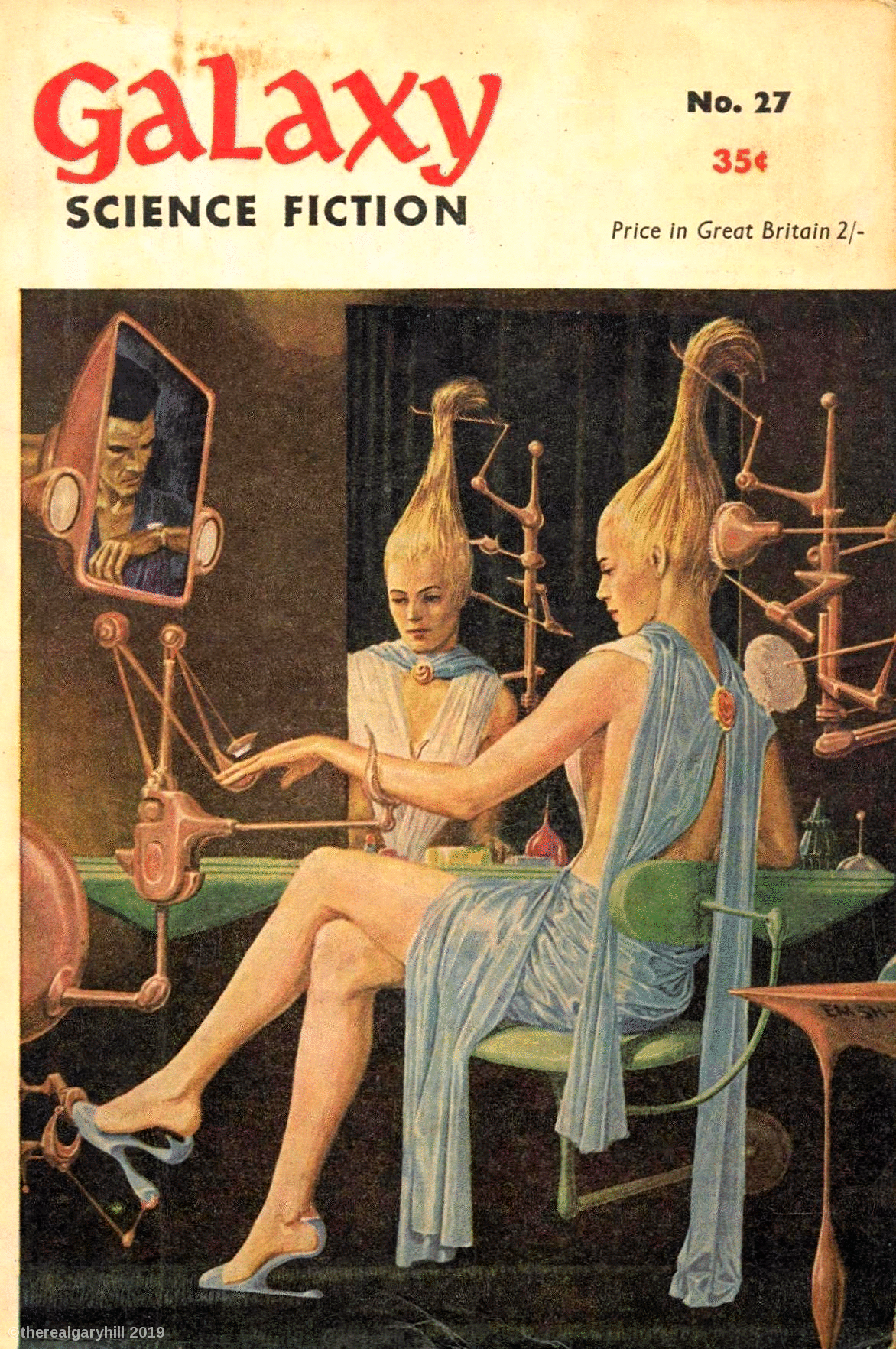July 9 - World Beyond War Peace Almanac
On this day in 1955, Albert Einstein, Bertrand Russell and seven other scientists warned that a choice must be made between war and human survival. Distinguished scientists the world over, including Max Born of Germany, and French Communist Frederic Joliot-Curie, joined Albert Einstein and Bertrand Russell in an attempt to abolish war. The Manifesto, the last document Einstein signed before his death, read: “In view of the fact that in any future world war nuclear weapons will certainly be employed, and that such weapons threaten the continued existence of mankind, we urge the governments of the world to realize, and to acknowledge publicly, that their purpose cannot be furthered by a world war, and we urge them, consequently, to find peaceful means for the settlement of all matters of dispute between them.” Former U.S. Secretary of Defense Robert McNamara expressed his own fear that a nuclear catastrophe was inevitable unless nuclear arsenals were dismantled, noting: “The average U.S. warhead has a destructive power 20 times that of the Hiroshima bomb. Of the 8,000 active or operational U.S. warheads, 2,000 are on hair-trigger alert…The U.S. has never endorsed the policy of ‘no first use,’ not during my seven years as secretary or since. We have been and remain prepared to initiate the use of nuclear weapons–by the decision of one person, the president….the president is prepared to make a decision within 20 minutes that could launch one of the most devastating weapons in the world. To declare war requires an act of Congress, but to launch a nuclear holocaust requires 20 minutes’ deliberation by the president and his advisors.”
#otd #1955 #WorldBeyondWar #peace #NuclearWar #NuclearWeapons




